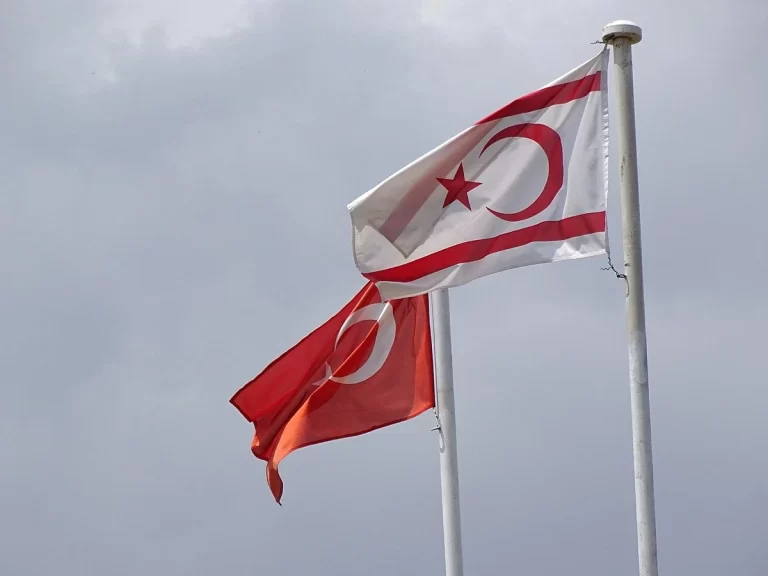Europe’s gas stockpiles are plentiful, with a possible mild winter potentially reducing natural gas prices by half, according to a Morgan Stanley analysis.
- In contrast, if the winter is colder than average and renewable energy generation is low, gas prices could spike to significantly high levels.
- Despite the optimistic forecast, uncertainties regarding winter weather and the effectiveness of renewable energy sources leave future gas prices unpredictable.
Europe’s natural gas stockpiles are at elevated levels and on track to be full sooner than planned. This gives governments and industries confidence that last year’s energy crisis will not be repeated.
The benchmark natural gas prices are one-tenth of the records seen last summer when Russia slashed pipeline supply to Europe.
Volatility, however, will continue as prices and demand ahead of and during the coming winter will depend on two factors that are out of EU control—the weather and the contribution of renewable energy sources to the mix depending on the weather.
Thanks to milder winter weather, reduced EU consumption, and demand destruction in industry due to the high energy costs, Europe made it through the 2022/2023 winter without gas shortages or gas rationing.
Ahead of the 2023/2024 winter, Europe can only hope for another winter of milder temperatures without prolonged periods of freezes that would boost demand for heating and for gas-fired power generation.
In case of another mild winter – which is possible but far from certain – Europe’s gas prices could plunge from current levels and halve to $16.85 (15 euros) per megawatt-hour (MWh), according to Morgan Stanley.
“If weather is persistently warm and renewables perform strongly,” the benchmark gas prices could crumble to the levels from the end of 2020, Morgan Stanley analysts wrote in a research note this week, as carried by Bloomberg.
The front-month futures at the TTF hub, the benchmark for Europe’s gas trading, settled at $30.60 (27.24 euros) per MWh on Thursday, while futures prices for December through February are around $56 (50 euros) per MWh.
Morgan Stanley’s 15-euro call is just one of the bank’s scenarios for Europe’s natural gas prices after October when the winter heating season is expected to begin.
At the other end of the scenarios, prices could spike to $112 (100 euros) per MWh if the 2023/2024 winter is colder than normal and renewables cannot generate too much electricity.
After October, using a weighted average, Morgan Stanley sees prices more likely to trade around $50 (45 euros) per MWh.
This week, Europe’s prices slumped from June levels as demand – despite a major prolonged heatwave – continues to be generally weak amid an industrial slowdown.
Prices had jumped in June as maintenance on several large Norwegian gas fields and export routes reduced supply to Europe via pipelines from Norway, which is now Europe’s single largest gas supplier.
With the giant Troll gas field returning from maintenance, Norwegian supply increased. Combined with tepid demand, this sent European gas prices to the lowest in a month.
Stockpiles are also elevated, giving further confidence to governments ahead of the winter. As of July 12, gas storage sites across the EU were 80.3% full, according to data by Gas Infrastructure Europe.
The EU has set a target to reach 90% full gas storage by November 1, 2023. Not only will it hit that target ahead of schedule, but it could also fill its storage tanks to 100% by early September, according to Morgan Stanley.
Rystad Energy also believes Europe will reach the target earlier than planned.
“Considering historical demand, and assuming different supply scenarios, storage facilities could even be full ahead of winter this year, resulting in gas flows having to be diverted elsewhere,” senior analyst Lu Ming Pang said earlier this month.
Full gas storage sites will be good news for European consumers and governments this winter. Additional LNG import terminals that Europe has managed to install since last autumn and steady inflows of LNG cargoes are also providing some comfort that things can’t be as bad as feared ahead of the 2022/2023 winter.
But uncertainties are high about winter weather and the ability of renewables to provide more electricity. Since the energy crisis began, Europe hasn’t seen a really cold winter yet, which makes price predictions as tricky as predicting in July the temperatures for December.
Source: Oil Price







